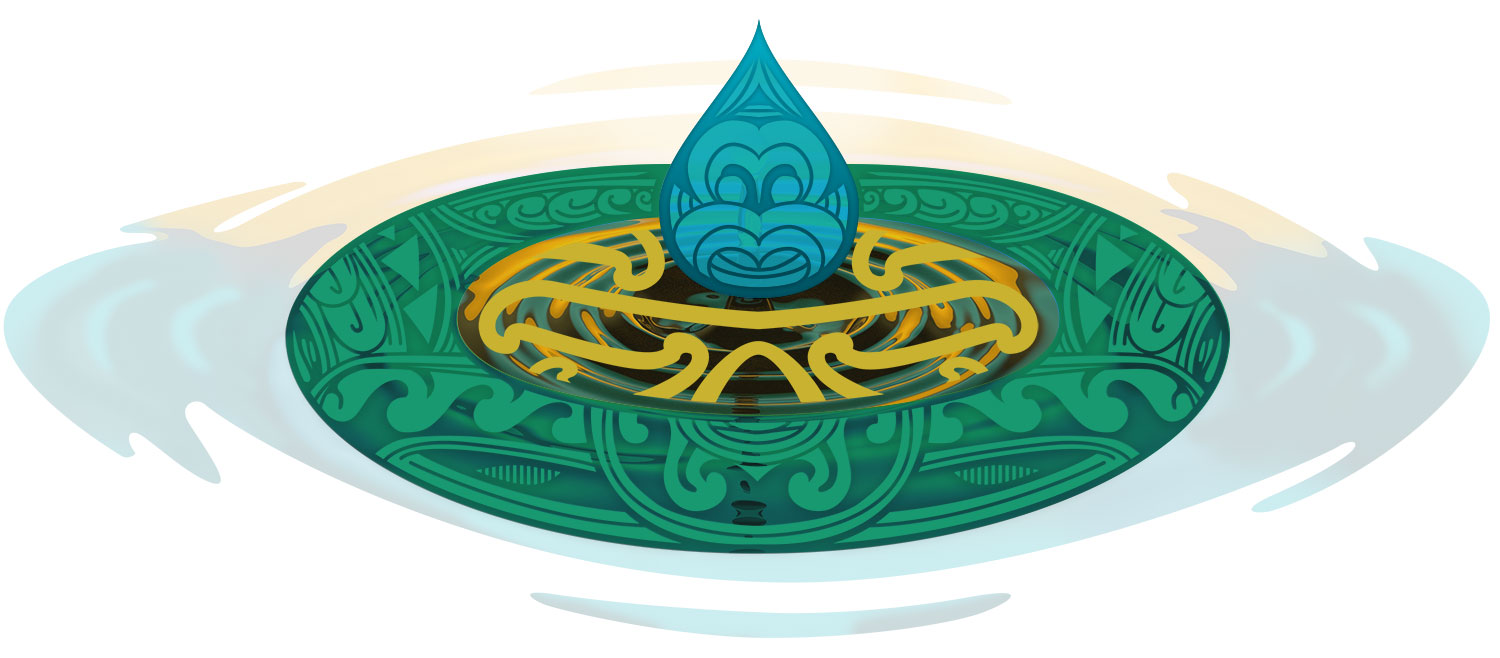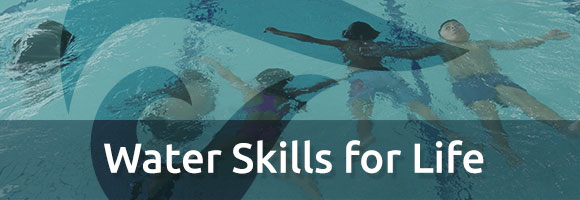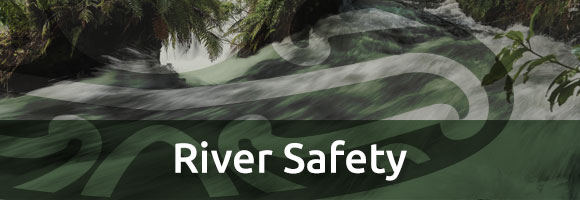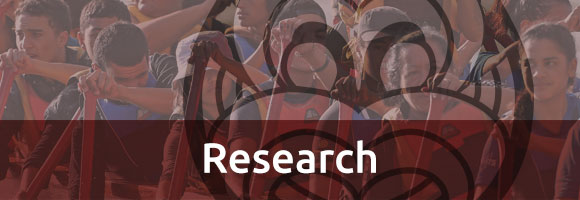English | Māori
LESSON: Identifying bodies of water in Aoteaora
![]()
Description
This lesson helps students understand about different bodies of water in their local environment and more broadly across Aotearoa. In addition, students will understand why these bodies of water are significant.
Students will learn to identify recreational uses of these bodies of water and how to mitigate risk when recreating in, on and around these waters.
The focus of the example lesson will be on the Ngai Takoto iwi (Muriwhenua) and the waterways connected to Ngai Takoto. Whakataukī, mōteatea and historical records are used from Ngai Takoto iwi.
Information can be found on the Ngai Takoto iwi website.
Achievement Objectives
Te Marautanga o Aotearoa
Te Reo
Listening and speaking
- Connecting with kaumātua, iwi and marae, recording and presenting.
- Show understanding through kōrero.
Vocabulary
- Show understanding of words specific to a subject.
- Use a research strategy.
Hauora
- Find and use safety measures in a number of context.
- Taking part in water activities (waka ama, diving, fishing, collecting kuta).
Tikanga ā Iwi
Place and Environment
- Explain reasons and ways a person can show their connection to a special place or environment.
- To learn and use traditional practices eg: diving, fishing, collecting resources, travelling, navigating waka of various types.
- To learn and use life-saving practices.
Te Aho Matua
Te Ira Tangata
-
The student is enthusiastic about learning in a nurturing environment based on traditional Māori values beliefs and concepts.
Te Ao
-
The student acknowledges his or her place in the Māori world and in the wider world.
-
The student is secure in the knowledge of ancestral links and the hopes and aspirations of whānau, hapū and iwi.
-
The student actively investigates and explores the Māori world and the wider world.
Ngā Iwi
-
The student exhibits personal pride in their whānau, iwi and hapū.
Wai Puna
Whakapapa
-
Identify iwi and hapū that whakapapa to that water.
-
Retell stories and history that relate to that water.
Mātauranga
-
Explore the many reasons why these waterways are significant to iwi and hapū (food, transport, historical events, taniwha etc).
Tikanga
-
Explore the tikanga that is practiced by the iwi associated with that waterway.
![]()
Learning Intentions
Students learn to:
-
Investigate and enquire about their local and wider water environment
-
Define and locate different bodies of water in Aotearoa and in their local community
-
Know Māori names for bodies of water
-
Identify recreational uses of water.
Success Criteria
Students are able to:
- Discuss the iwi and hapū that whakapapa to their local waterways. Understand and show historical connections of iwi to their local waterways.
- Identify, understand and use knowledge associated with a waterway in their local environment.
- Identify how whānau and friends stay safe in, on and around the water.
Resources
Atlases and maps from the school library.
Atlases and maps - from school library
Blank map of local environment
Lessons
Enquiry Question - What are the significant waterways in our iwi and hapū and why are they important?
Wānanga 1
1. Prior knowledge activity
Gather information about what the children already know about the bodies of water in their local area, the significance of these waterways, the types of uses these waterways have, and how they keep safe when they are at these waterways with whānau.
Activity
Hang a number of pictures of a variety of bodies of water around the class.
-
Awa (river)
-
Wahapū (harbour)
-
Repo (swamp)
-
Roto (lake)
-
Moana (sea)
-
Manga (stream)
-
Te Takutai (Coastline)
Write questions below around each picture to try to draw out the prior knowledge the children have about the various bodies of water. Here are some sample questions:
-
What lives in this type of water?
-
What types of work or play happen on this type of water?
-
What do we need to be careful of?
-
What do you see and hear when you look at this type of water?
(The purpose of these questions are to draw out the characteristics of this type of water such as, "it is fresh water, it is salt water, there is a current, it has breaking waves, a taniwha lives there" etc)
-
Do you know any stories, songs, whakapapa or anything else to do with this type of water?
2. General introduction to the various types of waterways and their characteristics
Discussion around answers to questions from the previous activity and teacher provides any further knowledge or understanding that they may need.
3. Introduce Tuwhakatere te tangata mōteatea, and how this mōteatea links the whakapapa of Ngai Takoto and relevant waterways of the Ngai Takoto people
Play: Tuwhakatere te tangata
Lyrics: Ngā kupu o Tuwhakatere te tangata
Discuss waterways mentioned in Tuwhakatere te tangata mōteatea
Learn mōteatea.
Wānanga 2-8
1. Study the waterways identified in the Ngai Takoto Environmental Plan
Each wānanga will focus on one waterway from the Ngai Takoto Environmental Plan. The length of each wānanga may vary depending on the amount of information or number of people that can be found to contribute.
During these lessons kaumātua can be invited in, trips to the waterways themselves, local iwi authority or marae can also take place.
-
What type of waterway is it? How do we know this? Discuss and/or identify the various features
-
What types of uses were associated with that area?
-
What can be found within that waterway
-
Tikanga/mātauranga/stories associated with each waterway
-
What do we have to do to keep ourselves safe in this type of waterway?
-
Is it still healthy? How do we know?
2. Identify on a map the different waterways within the area of Ngai Takoto
(Awanui, Rangaunu, Ngātu etc). List, research and discuss possible uses of that waterway (fishing, travel, weaving resources, collecting different kaimoana, rongoa).
3. Tamariki create a presentation to show their learning
Presentations could be created as a Powerpoint, Poster, Piece of Writing, Waiata, Rotarota, Artwork, Mural, Book creator, Google animation. Tamariki are to show the following information in their presentation.
-
Identifies the waterway discussed
-
Outlines why the waterways were significant to Ngai Takato
-
What the waterway was used for
-
A story to do with the waterway
-
Tikanga of the waterway to keep safe.
Wānanga 9-10
Break into small groups. Each group is given a significant waterway of Ngai Takoto. Groups are to create a verse for a whole class mōteatea. Groups share their verse with whole class. Using all verses, the class creates a mōteatea on the waterways of Ngai Takoto.
Assessment
-
Mōteatea presentation
-
Whānau hui to show tamariki presentations at the marae
-
Mural or art work to present to the marae/kaumātua that helped.
Extra learning opportunities
Whakataukī - He iti pioke no Rangaunu, he au tōna (Small although the dogfish maybe, great is its wake)
Whole class discussion about the Whakataukī and where it comes from.
Lessons
Other Resources
Water Skills for Life is the national standard for aquatic education in Aotearoa primary schools. It is generally learnt in the pool.
More people drown in rivers than in any other aquatic environment in Aotearoa.





